How to Potty Train a Toddler: A Stress-Free Guide
Potty training a toddler can seem like a daunting task.
How do you ensure that it goes as smoothly as possible with little to no stress for either the child or the parent?
In this blog post, wI will walk you through the entire potty training process from start to finish!
I will provide tips and advice on making potty training an easy and stress-free experience for everyone involved!

The first step in potty training is to choose the right time for your child.
Many parents opt to start potty training when their child is around two years old, but every child is different and maybe ready sooner or later than that.
If you feel like your toddler is ready, go ahead and start! If not, don’t feel rushed – wait until your child is prepared.
Potty training my children was one of the hardest things I had to teach my first child.
It was hard to listen to all the wrong information I got from people.
I was overwhelmed with a lot of information, and some people said you should start when you are young. Then others said it was too late if you waited.
How do you know when the right time is? How do I potty train my toddler with no stress?
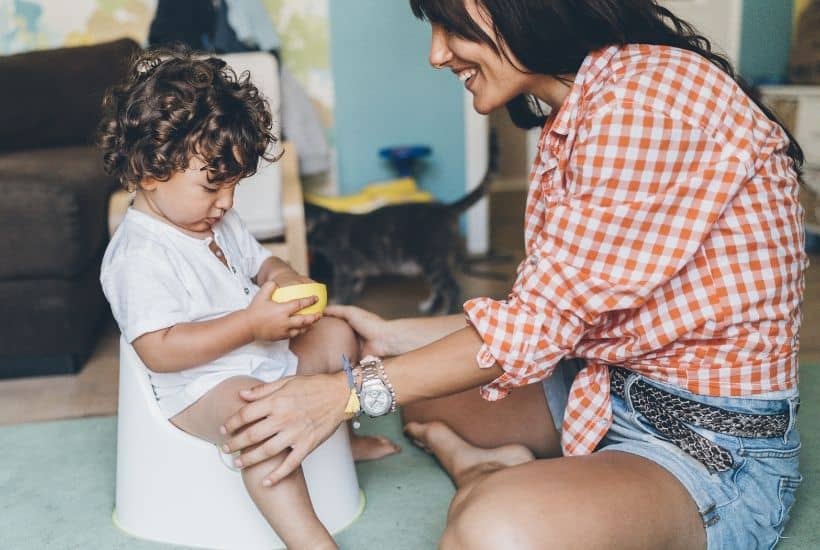
When to start introducing the idea of the potty?
I find it beneficial to the child to understand the idea about the potty even before they are ready to use the potty.
This way, there aren’t any surprises, and they won’t feel scared or anxious when they start using it.
You can start introducing the potty a few months before you plan on starting to train your child. This will help them become familiar with it and understand what it is for.
One way to introduce the potty to your child is by reading them books about it. Many great children’s books on the subject can help spark their interest and get them excited about using the potty.

You can also let them sit on the potty while fully clothed so they can get used to the sensation of sitting on it. Just make sure not to put any pressure on them to use it – let them get comfortable with it at their own pace.
Seeing a sibling or a parent use the toilet is also a great way to show them what the potty is for. If you have an older child, let them see you using the toilet and explain what you do.
This will help them understand that everyone uses the potty, and it is nothing to be scared of.
Another way that I like using is role Playing. For example, I will have a doll in my hand and put it on the potty. I would then pretend to go pee and Poo like the doll.
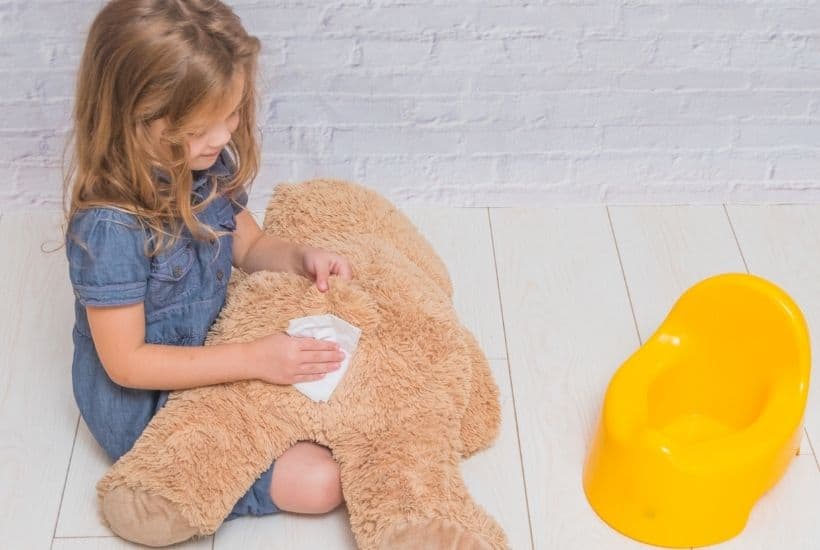
This is always really fun for the kids, and they love it. It helps them understand what is happening. And, of course, have many potty seats around for the child to sit on and explore!
When you start potty training your toddler, it is essential to be patient and go at their pace. Some children will take to it right away and be completely potty trained within a few days.
Others may take a little longer and need more encouragement. The most important thing is not putting any pressure on them and making sure they are comfortable with the process.
Signs that your toddler is ready for potty training
Some signs that your toddler may be ready to start potty training include:
- Being dry after naps
- Being able to stay dry for long periods, including during the night
- Showing an interest in using the toilet or going potty
- Being able to follow simple instructions
- Can put on and take off clothes
- Is able to sit and walk
- Starting to tell you when they want to go for a wee-wee or when they want to be changed
- Taking an interest in accompanying a sibling or accompanying you to the toilet
If your toddler demonstrates any of these signs, it may be time to start potty training!
Once you have determined that your child is ready to start potty training
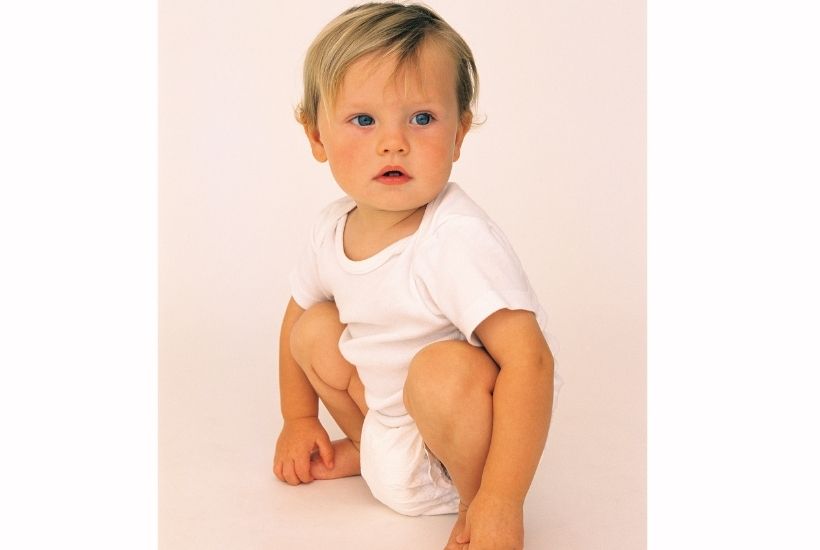
Signs that my toddler isn’t ready for potty training
Some signs that your toddler is not yet ready to start potty training include:
- Being unwilling or resistant to using the toilet
- Unable to follow simple instructions
- Not yet able to stay dry for long periods
If your toddler shows any of these signs, it may be best to wait a bit longer before starting potty training.
How Long Does Toilet Training Take?
This depends on each child and how willing they are to learn. Some children will take a few days to be completely potty trained, while others may take a little longer.
Please don’t feel pressured by all the information out there saying that potty training a toddler can be done in 3 days, as yes, some are potty trained in 3 days, While the average standard time to potty train a toddler who is ready is from 3 to 6 months
As long as you remain patient and go at your toddler’s pace, everything should go smoothly.
Once you have decided to start potty training, the next step is to buy some supplies!
What supplies do you need to potty train your toddler?
Some supplies that you will need to potty train your toddler include:
- A potty seat or toilet trainer
- Potty training pants or pullups
- Potty Pads to put under the bed sheets
- Wipes
- Lots of patience!
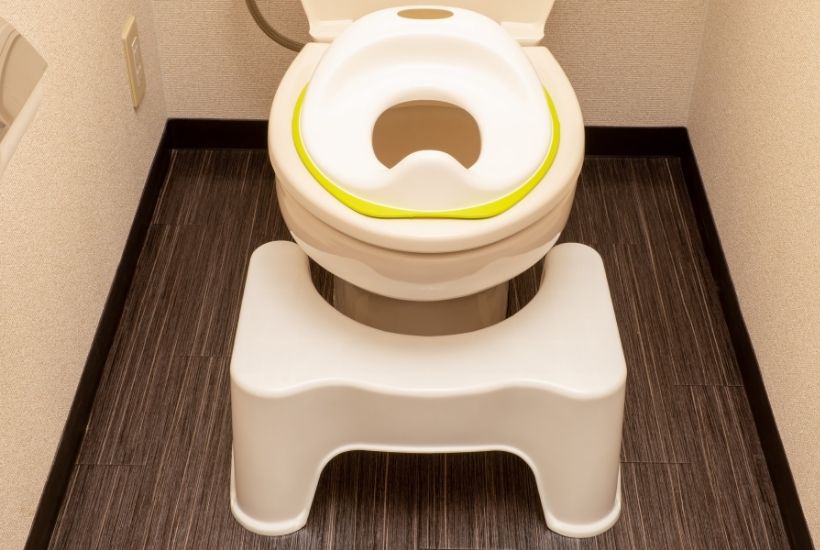
Some other Extra stuff you might find useful
Once you have gathered all of the necessary supplies, you are ready to start potty training your toddler!
If you are using a potty chair, make sure that it is at a height that is comfortable for your child.
Teach your Child How to Use the Potty
The next step is to start teaching your child about the potty. Explain what it is, how it works, and why we use it.
Show them how to sit on the potty chair or toilet and tell them when to go pee or poop. Try not to put too much pressure on them – just let them know that it is something that they need to do.
Now it’s time to start the potty training process! Start by having your child sit on the potty chair or toilet several times a day, even if they don’t have to go.
This will help them get used to the sensation of using the potty. When they have to go, make sure to praise them and give them a small reward for using the potty!
Potty training can be stressful for both parents and children, but it doesn’t have to be! By following these simple tips, you can make the entire process much easier and less stressful.
With a bit of patience and perseverance, you will have your child potty trained in no time!

Tips for Potty Training:
- Make sure your child is comfortable and relaxed when using the potty
- Start with Peep pee and then move to poop as it can be much harder to poop on purpose (I will include tips about this specifically in another blog post!)
- Be patient and go at your toddler’s pace- try not to rush or force them
- Encourage and praise your child often when they are using the potty
- Make it fun by reading them stories about going to the toilet, letting them role-play, or giving them special rewards for successful potty training.
- If your child has an accident, don’t get angry or frustrated – calmly help them clean up and continue potty training.
- Never punish your child for having an accident; this will only make them more resistant to using the potty.
Following these tips should make potty training a breeze for both you and your toddler!
Remember, it’s essential to be patient when potty training your toddler. There is no right way to potty train or a certain age your child needs to be. Just relax, go at their pace, and have fun with it!
With a little bit of patience and encouragement, your toddler will be potty trained in no time!
What should you not do when potty training?
There are a few things that you should avoid doing when potty training to make the process easier on both you and your toddler.
- Accidents happen, Do not get angry or frustrated if your child has an accident . It’s important to stay calm.
- Do not punish your child for having an accident – this will only make them more resistant to using the potty.
- Go at their pace and let them learn in their own time. Do not rush or force your child .
- Do not nag your child about going sitting on the potty. Between the ages 1-3, Children’s bladders increase in size to be able to go for 2 hours without peeing.
- Don’t sit your child for more than 5 minutes on the potty so that they don’t feel like it’s a kind of punishment or time-out
- Don’t use the TV to distract your child while sitting on the potty as you need them to be conscious of what they are doing instead of being an accident.
- If you’ll make them use nappies, let them wear their underwear underneath it so that they can feel the wetness that comes with peeing themselves instead of feeling dry using nappies.
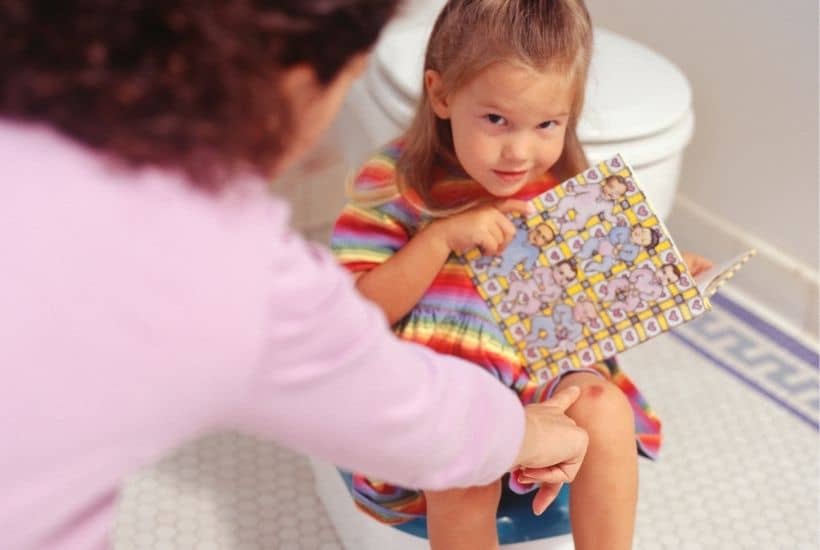
Teaching your toddler to Poo in a potty
When it comes to teaching your toddler to poop in a potty, it can be a little bit harder than teaching them to pee.
Some tips for successfully getting your child to poop in a potty:
Start with Peeing and then move on to Pooping as it can be much harder to poop on purpose.
Don’t push for Poo as it’s harder, and you need to respect that; if you push them too much, it can lead them to hold it in and lead to constipation or even chronic constipation, which actually happened with my first child.
When they show signs that they need to poop, sit them on the potty and give them a book or something to keep them busy for a few minutes.
Some kids are shy and refuse to poop on purpose.
If that’s the case with your child, ask them to tell you when they want to poo and ask them to go to the bathroom, wear nappies, and poop in the nappy but only in the bathroom.
Pooping in a potty can be challenging for toddlers, but with a bit of patience and encouragement, they’ll get it in no time!
The question that doesn’t Work
Don’t ask this question “Do you want to sit on the potty?” because, let’s face it, sitting on the potty can be boring, and who wants to stop playing, eating, or having fun to sit on the potty.
If you ask them this question, they will most likely say no, and that’s okay!
Communicate the signs and say something like, “I can see you dancing to hold your Pee I think it’s Potty time.”
How can you make potty training fun for your toddler?

There are a few ways to make potty training fun for your toddler.
One way is to let them decorate the potty with stickers, paint, or markers.
You can also buy them special underwear or toys that they can only use when using the potty correctly.
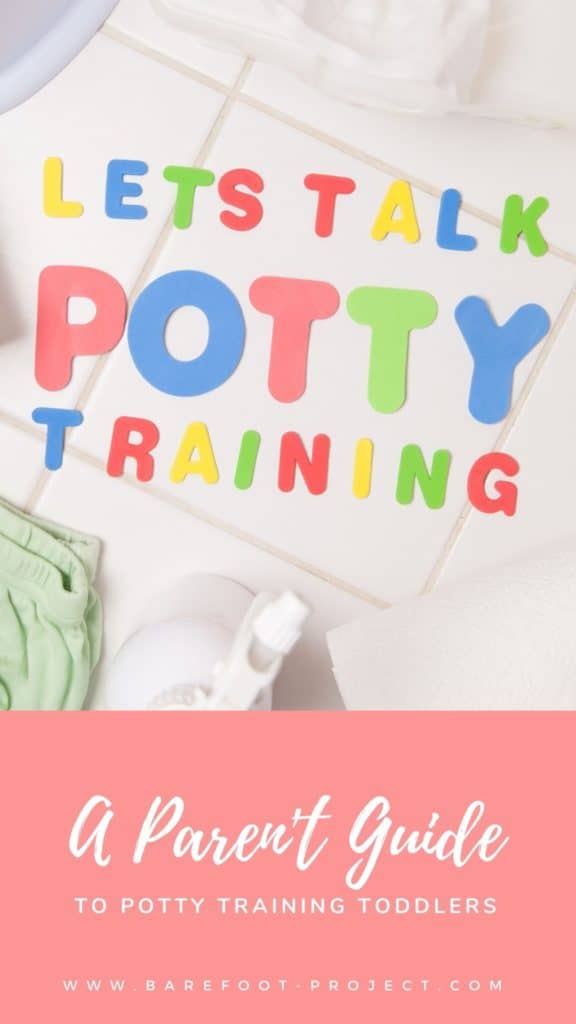
Making potty training fun for your toddler will help them be more enthusiastic about using the potty and make the process easier for both of you!
By following these tips, you should be able to successfully potty train your toddler with little to no stress! Just remember to be patient, go at their pace, and have fun with it!
Happy potty training! 🙂

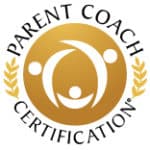

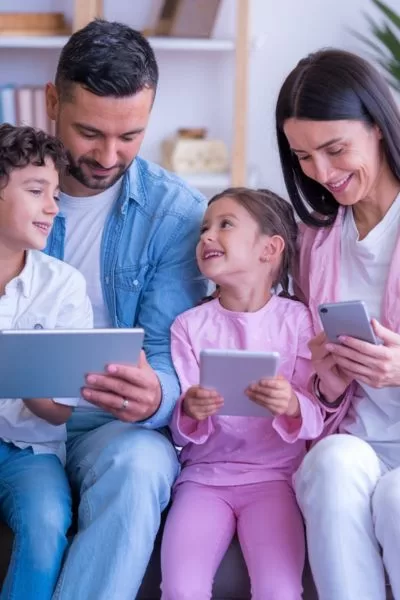
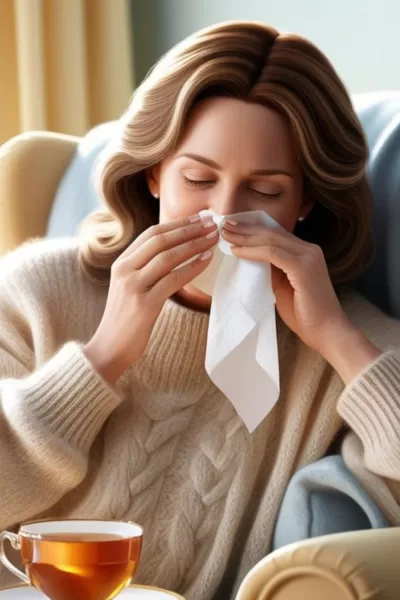

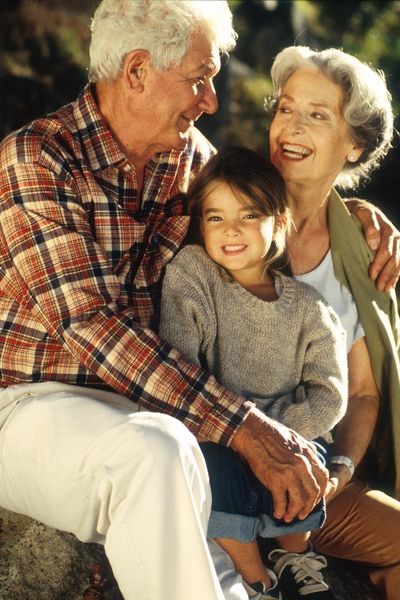
2 Comments
Comments are closed.